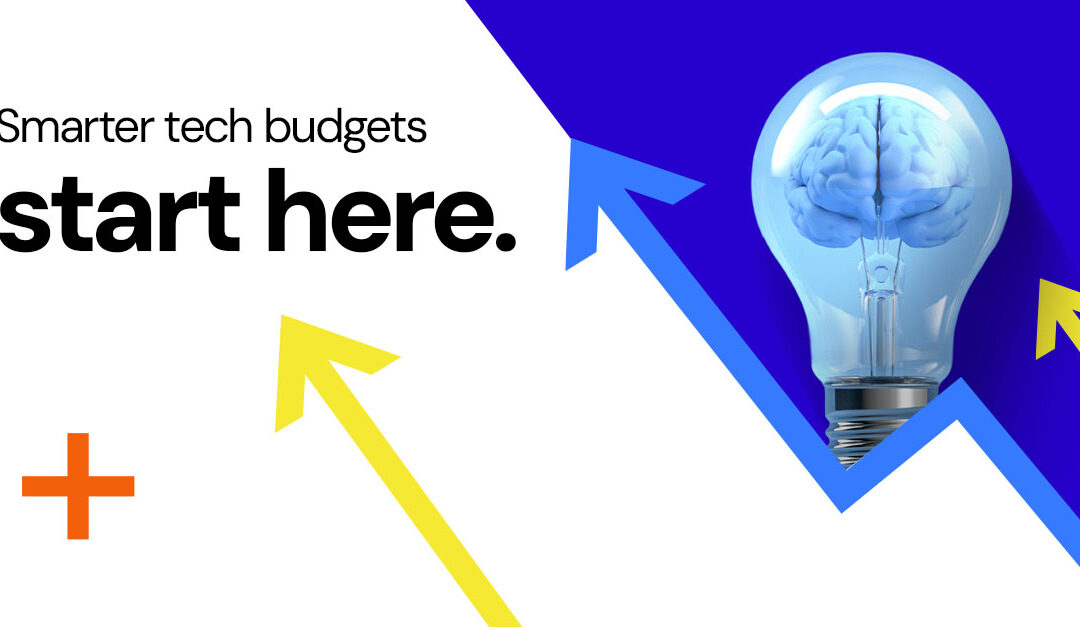Author: Kara Petti, Vice President, Hurricane Technologies
Think back to the last time you reviewed your IT budget. Chances are, it sounded familiar: IT needed funds to fix, upgrade, or maintain systems, and leadership saw it as a necessary expense — something to prevent problems, not drive success.
That mindset is changing. Smart organizations are shifting how they view technology — not as a cost center, but as a driver of agility, innovation, and growth. When your tech budget is built with purpose, it becomes a tool for transformation, not just maintenance.
The Old View: IT as a Cost Center
For years, IT budgets have focused on keeping things running. While that approach feels safe, it often comes with trade-offs:
-
Slow innovation: Upgrades get delayed or skipped altogether.
-
Reactive decisions: Teams spend more time troubleshooting than improving.
-
Stalled growth: Legacy systems can’t keep up with evolving business demands.
When IT is treated purely as overhead, the business ends up slower, less adaptable, and limited in its ability to scale.
The New View: IT as a Growth Enabler
Reframing IT as a growth enabler changes everything. The question shifts from “Where can we cut?” to “How can technology help us move faster and compete better?”
This change in perspective transforms budgeting from cost control to strategic investment — unlocking:
-
Continuous improvement: Room to experiment, adopt new tools, and refine what works.
-
Proactive decision-making: Data-driven insights replace reactive fixes.
-
Scalable growth: Modern systems make it easier to expand and seize new opportunities.
Mindset is the first step — but how you allocate your budget is where real change happens.
How Smart Budgeting Fuels Growth
A smart tech budget isn’t about spending more; it’s about spending intentionally. Moving beyond a “keep the lights on” mentality opens the door to innovation and measurable impact.
Here’s what that looks like in action:
-
Prioritize high-impact initiatives: Invest in the tools and systems that improve speed, decision-making, and customer experience.
-
Reduce operational friction: Retire duplicate or outdated systems, simplify workflows, and connect your tools to eliminate unnecessary effort.
-
Enable faster, better decisions: Use integrated, data-driven systems so teams can anticipate changes, collaborate effectively, and act with confidence.
The Payoff: Business Benefits That Go Beyond IT
When your technology investments are aligned with strategy, the ripple effects are felt across the organization:
-
Improved productivity and collaboration: Teams work smarter with tools that actually support how they operate.
-
Faster time to market: Launch new products and services sooner with flexible, scalable systems.
-
Better customer alignment: Use technology to adapt quickly to feedback and deliver personalized experiences that stand out.
These are the kinds of results that turn IT from a support function into a strategic growth partner.
Moving Forward
If your current IT budget still looks like a list of maintenance costs, it may be time to rethink your approach.
Here’s how we can help you make that shift:
-
Assess your current posture: Understand where your IT spend is going today and how it connects to your business goals.
-
Identify opportunities for impact: Find where better tools, automation, or integration can drive real results.
-
Build a roadmap that aligns with growth: Create a focused plan that links technology investments to measurable business outcomes.
Let’s turn your tech budget into a growth strategy. Reach out for a free tech assessment and start building a roadmap that powers what’s next.

